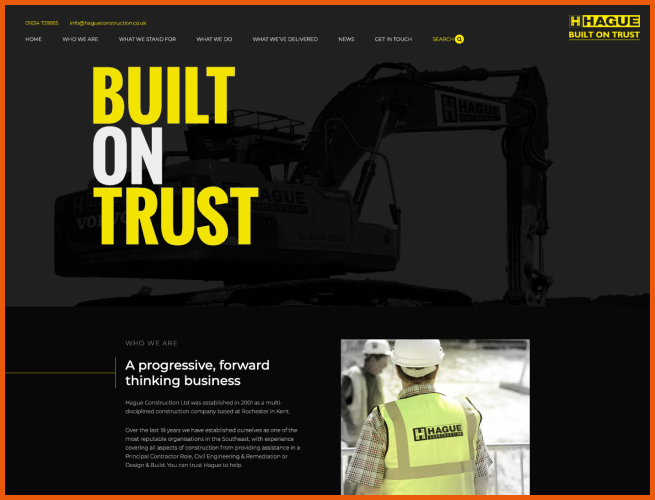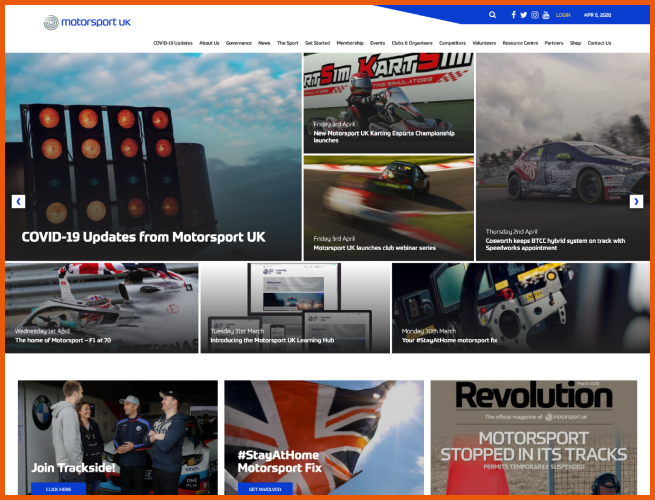How can you increase conversions on your website
How to engage your website visitors
You have spent a considerable amount of time creating your website, you are now found in the search engines and your website visitor has just made a conversion.
If only it was that simple!
There are many reasons why your website visitor might click onto your website and then immediately leave, never to return! Maybe your offering wasn’t clear enough, or maybe when they arrived onto your website, they found it difficult to navigate and find what they were looking for.
Keeping your audience engaged on your website isn’t a simple task by any means, however there are a few simple things that you can do to help keep them on your website.
Tell website visitors what you do immediately
We see a lot of websites on a day to day basis and one of the biggest mistakes that we see many businesses make is that they do not instantly communicate their value proposition.
Assuming that your website visitors already know who you are and what you are offering can be extremely costly!
It is more than likely that your visitor landed on your website via a search engine, so it is probable that this may be the first time that they are experiencing your brand, and first impressions count!
The value proposition should be clear to see on the page and you can use supporting imagery or videos to reinforce it.
Website speed matters
The speed of your website is incredibly important. If it takes longer than 3 seconds for your page to load, your website visitor may not wait around!
There are many ways that you can improve your website speed, but here are our top 3 tips:
- Optimise your images – Optimising web images is a process of delivering high-quality images in the right format, dimension, size, and resolution, whilst keeping the smallest possible size without any loss of quality. You can use online tools or WordPress plugins, such asTinyPNG or Imagify.
- Improve website cache – Caching is the temporary storage of website documents such as HTML pages and images. Website pages are built by code that runs on your website server in the background. When a user visits any page on your website, the code that builds the website pages has to run every time. Using a website cache essentially saves versions of your web pages once they have been built and shows these saved pages to your website visitors. This helps to significantly reduce your websites bandwidth usage, server load, and most importantly the speed at which your website pages will load. This can be achieved by using plugins such asW3 Total Cache, WP Super Cache and Cache Enabler.
- Host in the right environment – Use trusted hosting companies such as SiteGround or Amazon Web Services.
Take visitors on a journey
Tell your website visitor where to head to next by enforcing clear signposting. Do not assume that your visitor knows where to go or what the next step in the journey is, show them it!
This can be achieved using industry accepted terminology and menu headings, offering a simple navigation and using prominent buttons to highlight a clear path to take.
Regularly update your website content
Some of your website visitors will view it regularly, so it is vital to ensure that they do not have the same experience repeatedly. Updating your imagery and keeping the content fresh and interesting will keep your visitors engaged for longer.
Your website content must incorporate the products and/or services that you offer, whilst encapsulating your brand identity and values. This is incredibly important if you want to make your website search engine friendly. The search engines need to be able to crawl and understand your content, so it is important to align your content with your keyword strategy.
Talk with them
If you have the resource to man a live chat, it can be a great way for visitors to interact with ‘real people’ instantly and easily. Research tells us that a website visitor is more likely to use a live chat to ask a question, over completing an online contact form!
If your website visitor cannot find what they are looking for, or they have a question that isn’t frequently asked, a timely response can be the decider in them returning to your website or not.
Try not to worry if you do not have the resource for a live chat, as a Chatbot can be used. The bot can run a series of automated questions to help find an answer to the visitor’s query. They can also escalate the issue to a human if needed too!
Monitoring your engagement is key
Keeping your website visitors engaged isn’t an activity you complete every now and then, it is an important task that must be monitored and completed regularly to ensure your performance doesn’t deteriorate.
Making these little changes can have a big impact.






